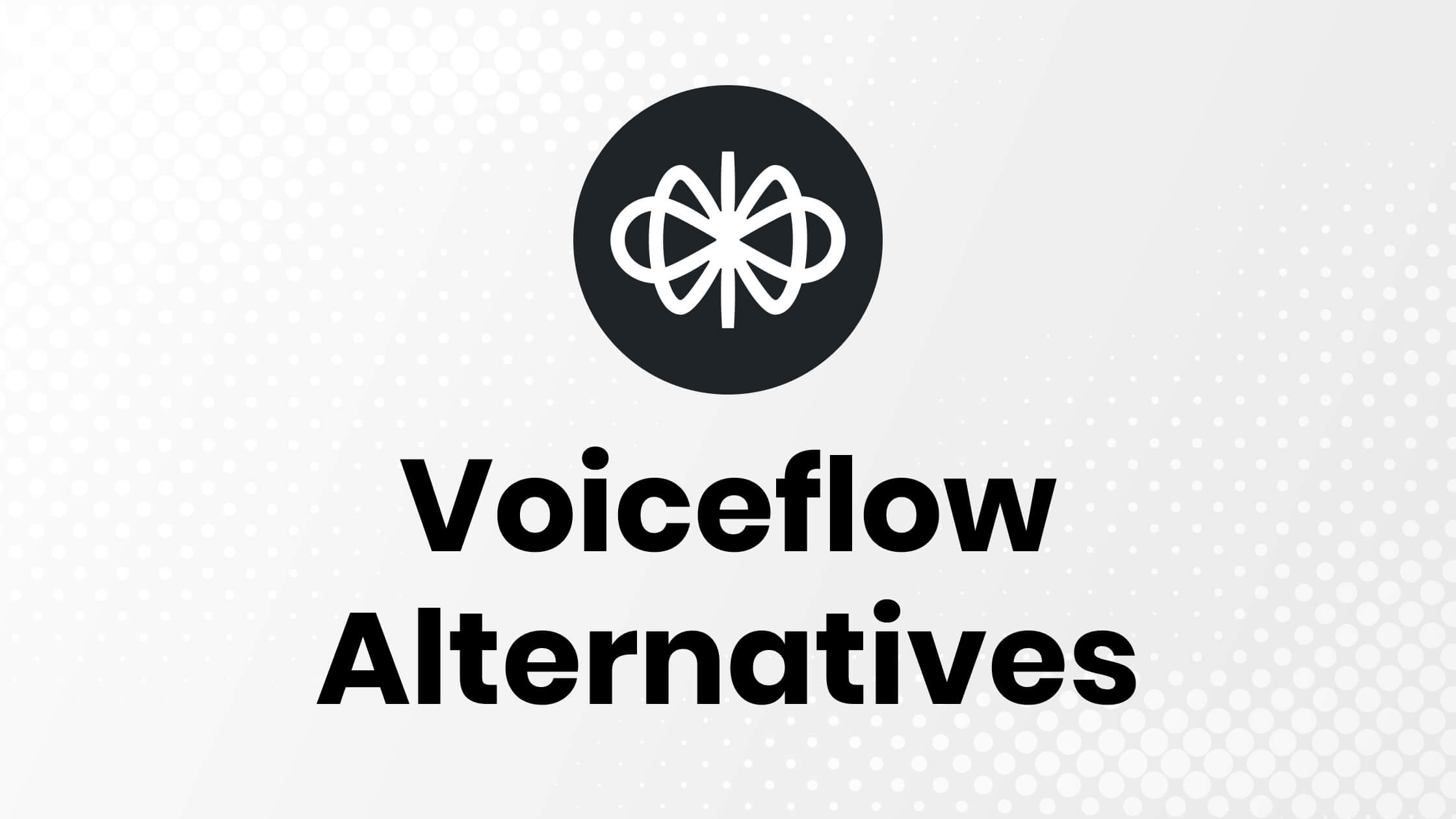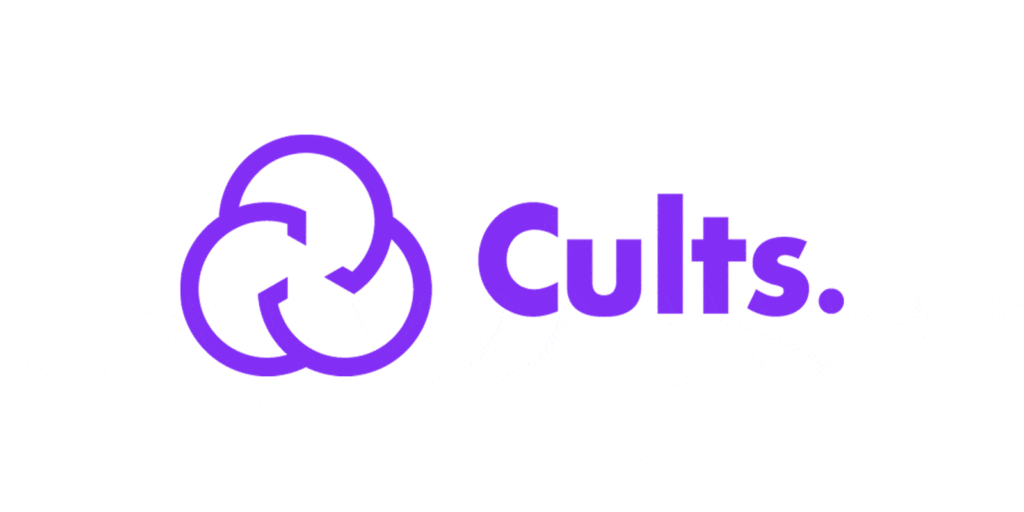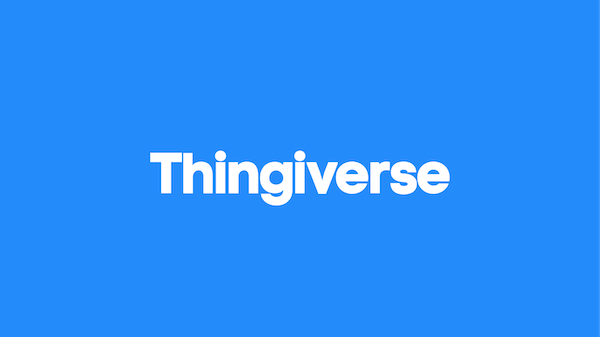In the ever-evolving world of technology, businesses are increasingly relying on chatbots and voice assistants to enhance customer interaction and streamline operations. Two platforms that have gained considerable attention in this space are Chatbase and Voiceflow. In this blog post, we will dive deep into the features, benefits, and key differences between Chatbase and Voiceflow, helping you decide which tool is the best fit for your business needs.
Understanding Chatbase and Voiceflow
Before we jump into the comparison, let’s briefly explore what Chatbase and Voiceflow are all about.
What is Chatbase?
Chatbase is an analytics platform created by Google specifically for chatbots. It allows developers to analyze user interactions and understand how their chatbots are performing. With Chatbase, you can easily:
– Track user engagement metrics
– Identify conversation patterns
– Optimize chatbot responses based on real-world data
Overall, Chatbase is all about enhancing the functionality of chatbots via data-driven insights.
What is Voiceflow?
On the other hand, Voiceflow is a collaborative platform for designing, prototyping, and launching voice applications. It is particularly popular among teams looking to create interactive voice experiences for Amazon Alexa, Google Assistant, and more. Here’s what Voiceflow offers:
– User-friendly interface for designing voice apps
– Ability to prototype and test voice interactions
– Integration with multiple voice platforms
Essentially, Voiceflow focuses on simplifying the voice app development process while fostering collaboration.
Key Features: Chatbase vs Voiceflow
Now that we’ve set the stage, let’s delve into the specific features that distinguish Chatbase and Voiceflow from each other.
Analytics and Insights
Chatbase excels in providing detailed analytics. With it, you can see how users interact with your chatbot, pinpointing where they drop off or get confused. The ability to monitor conversation flows helps in continually improving the chatbot’s performance.
Conversely, Voiceflow does not specialize in analytics; rather, it focuses on the design and implementation aspect. While it allows prototypes to be tested, it lacks the advanced tracking and reporting features that Chatbase offers.
User Experience Design
If you’re looking for a clean, visual design tool for your conversational interfaces, Voiceflow takes the crown. It features a drag-and-drop interface that makes designing complex voice apps intuitive. The collaborative features also allow teams to work together seamlessly.
Chatbase, in contrast, does not provide a design interface; it is more of an analytical companion for your pre-existing chatbots, rather than a full-fledged design environment for new projects.
Integration and Support
Chatbase offers integration primarily with existing chatbot platforms, making it ideal for those who already have a foundation but need analytical insights. Other support includes robust documentation and community forums.
Voiceflow, however, empowers users with integrations across various voice platforms and is designed to assist in the entire voice app lifecycle, from development to deployment. The community support and resources provided by Voiceflow are also extensive, with tutorials and guides to help get you started.
Pricing Insights
Both platforms have varying pricing structures that cater to different users. Chatbase generally follows a pay-as-you-go model, which can be cost-effective for teams that need flexible solutions based on usage. In contrast, Voiceflow offers tiered pricing—ranging from free to premium options—making it accessible for individuals as well as larger teams.
Conclusion: Which One Should You Choose?
When it comes down to Chatbase vs Voiceflow, the choice ultimately depends on your specific needs. If you’re more focused on creating and optimizing chatbots with detailed performance analytics, Chatbase is your best bet. However, if your primary goal is to design and prototype voice applications, Voiceflow shines as the superior choice.
In the rapidly changing landscape of conversational AI, it’s imperative to choose the right tool to maximize your communication effectiveness. The good news is that both platforms are continually improving, which ensures that whichever you choose today will only get better in the future!
In conclusion, while both Chatbase and Voiceflow are leaders in their fields, they cater to different aspects of conversational design and analytics. We hope this has shed some light on the nuances between Chatbase vs Voiceflow, and helps you navigate your decisions in the exciting world of conversational AI tools!




